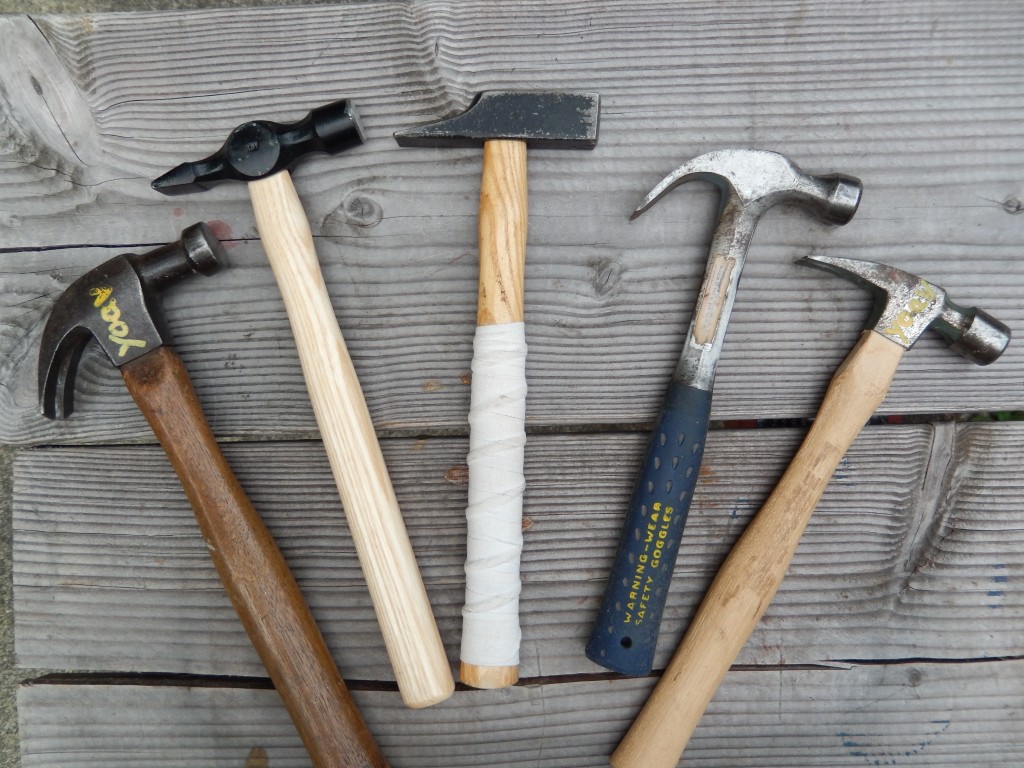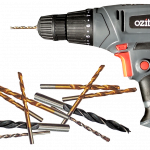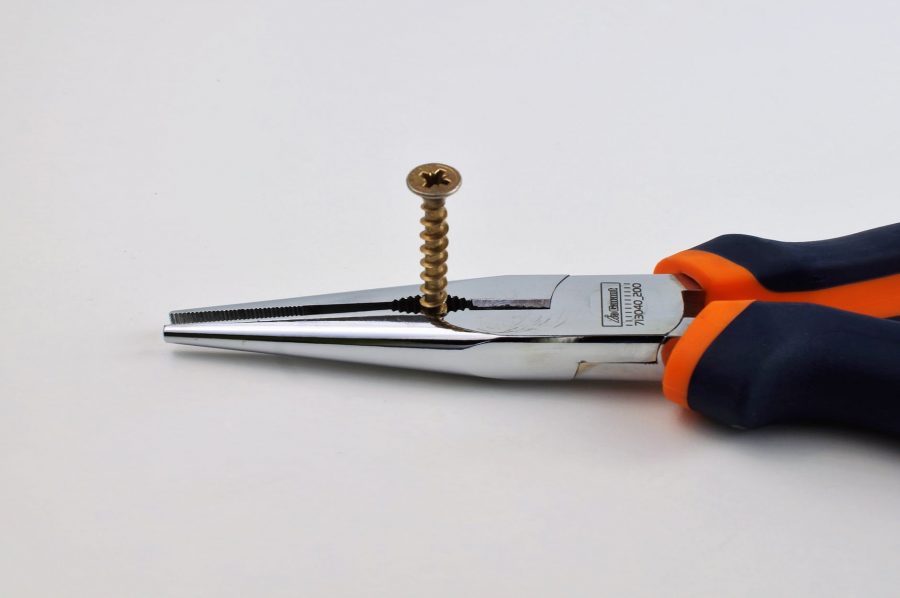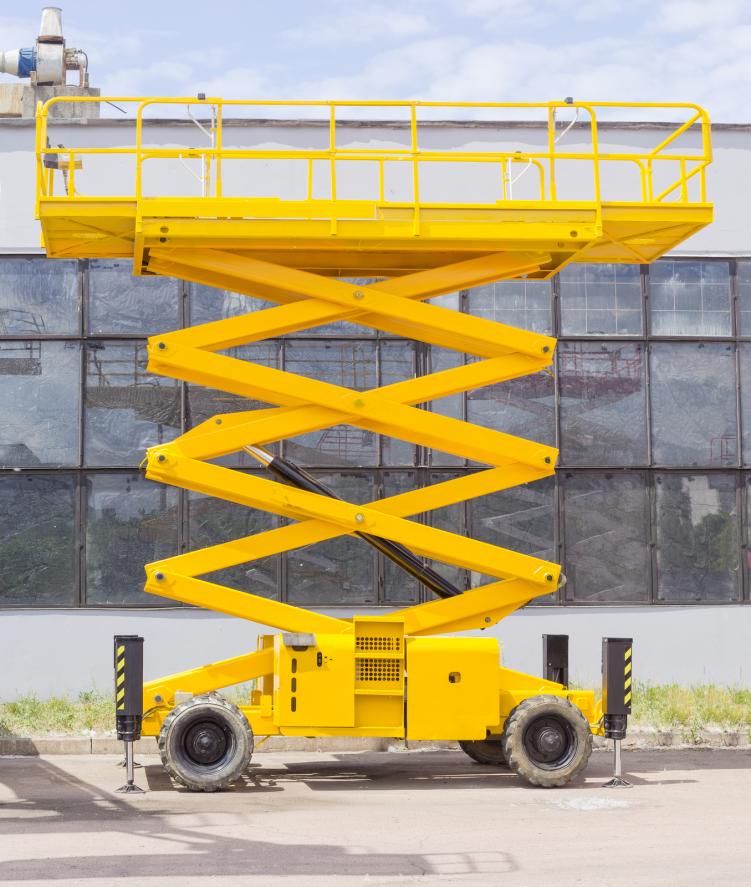The hammer is one of the oldest tools and over the years has evolved to fill a range of roles. Some hammers have highly specialized uses while others can be used in just about any home or workshop environment.
There are three main components of a hammer. This includes the following:
- The head with which you typically ‘hammer’ nails with
- The handle, the design choice for the handle is roughly the same for different models. The handle acts as a fulcrum and can be used to provide stronger swing and added precision.
- A claw, peen or hook.
Find out about 7 different types of hammers and what they do.
1) Framing Hammer
Framing hammers have a longer handle for added grip and a serrated face to prevent slipping off nail heads. These hammers weigh about 4 pounds heavier than typical claw hammers. This extra weight is good for hitting heavier nails into their places. To get the most benefit out of a framing hammer, it is recommended to swing a long arc and hold close to the target.
2) Ball Peen Hammer
These hammers are typically used by engineers because the peen is rounded. The most common use is for rebounding edges of metal fasteners and pins, shaping metal and closing rivets. The ball peen hammer is also referred to by many experts as a machinist’s hammer.
3) Club Hammer
The club hammer shares many similarities with a sledgehammer, the most noticeable of which is the double-faced head. This tool isn’t used for commercial activity but can be useful for masonry heads, steel chisels, and demolition work. The club hammer has the ability to send massive shockwaves over a wide area, which is why it can’t be used for tasks that require precision.
4) Sledgehammer
Sledgehammers are much bigger than claw hammers or mallets. They also have a longer, broader handle. Sledgehammers are used to break concrete and masonry and drive in stakes. This is why sledgehammers are typically used in heavy manufacturing sites and construction jobs.
5) Dead Blow Hammer
The head is optimized to minimize recoil. The hammerhead cylinder is filled with sand, steel shot or lead shot. Swinging the hammer transfers almost all of the energy into the target objects. This is why the user doesn’t experience any rebound. The dead blow hammer is also very efficient because it delivers a comparatively larger amount of force while still keeping the hammer acceptably light.
6) Claw Hammer
The claw hammer is mostly recognized because of the curbed, forked claw at the back that can be used to pull nails out of their secured locations. This hammer is extremely versatile and can be used for a wide variety of purposes.
7) Blacksmith Hammer
Bush hammers have an unusual shape that allows them to be used on soft stones such as limestone or marble. They are used for texturing, smoothing and shaping. Light impacts are used to smooth the stone, heavier impacts are used for shaping or removing the stone.
You can now experiment with industrial hammers without buying them. Just rent them out at Garage101.com for cheap. Learn more by clicking here.
Garage 101 is an online platform for renting and buying hardware tool of every category. If you want to rent or rent out any tool, register yourself at their website.
You can call at +1-650-230-8081 or email at info@garage101.com to contact the company for any information or inquiry.




